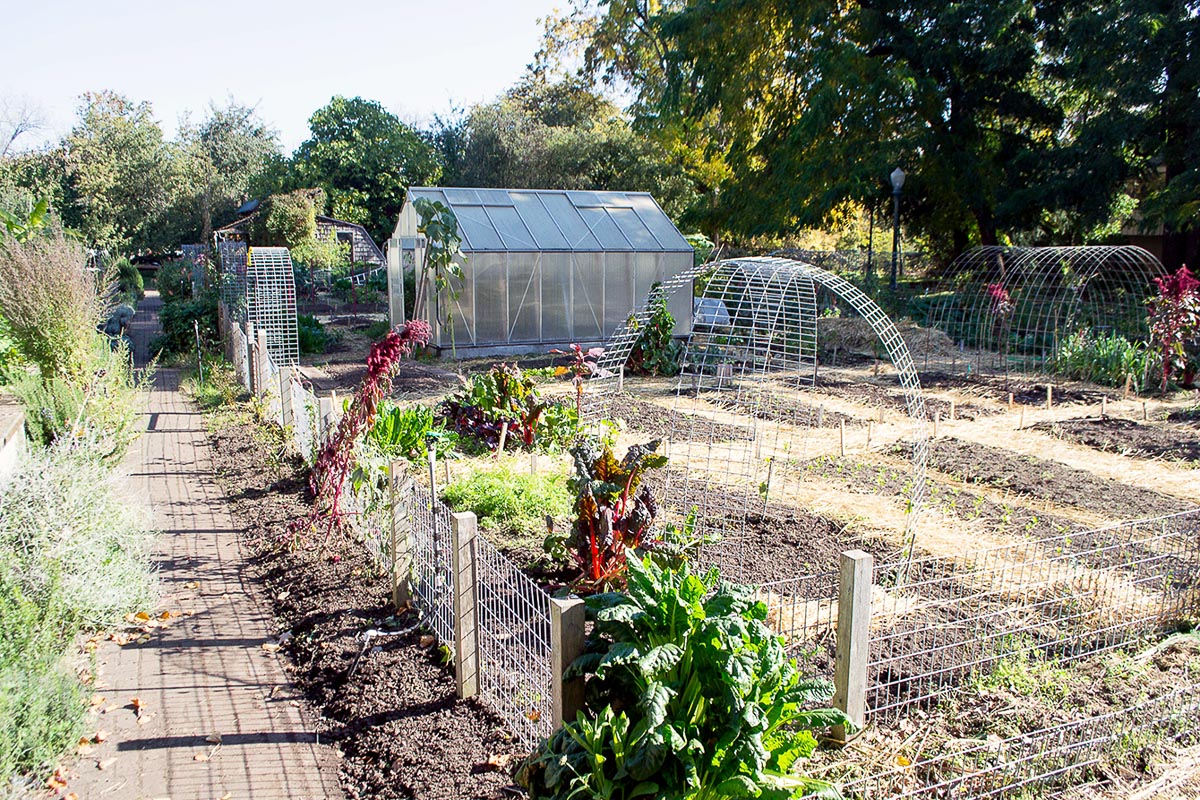City Blooming Can Be Fun For Anyone
City Blooming Can Be Fun For Anyone
Blog Article
Get This Report about City Blooming
Table of ContentsThe 5-Minute Rule for City BloomingWhat Does City Blooming Do?The Buzz on City BloomingAn Unbiased View of City BloomingExcitement About City Blooming
Intrigued in growing food available for sale in the City of Chicago? Assuming concerning starting a neighborhood yard? Modifications to the Chicago Zoning Ordinance allow agricultural uses like area yards and metropolitan farms in lots of components of the city. Below is a list of frequently asked inquiries concerning the guidelines and laws that growers need to think about when preparing an urban agriculture project.
The zoning amendment does not change any other codes taking care of composting, building licenses, acquiring or renting City had property, service licenses or ecological contamination. There are existing codes that manage these concerns and they stay completely impact and might be applicable to your project. Community gardens are generally had or managed by public entities, civic companies or community-based companies and kept by volunteers.
Urban farms expand food that is meant to be marketed, either on a nonprofit or for-profit basis. Due to their commercial purpose, city farms require a company permit.
The smart Trick of City Blooming That Nobody is Discussing
The quantity of garden compost material can not go beyond 25 cubic backyards at any type of given time according to the standards in 7-28-715 of the City's Municipal Code. Since the dirt at most brand-new yard websites needs modifying, compost, dirt, wood chips, or various other materials can be acquired to build or boost the growing room.

If a structure authorization is needed after that the hoophouse will be thought about an accessory structure. You can figure out even more regarding the building authorization requirements by calling the Division of Structures. The 25,000-square-foot size limit is intended to stop a single community yard from controling an offered block or detracting from the block's existing residential or commercial personality.
The restriction does not apply to yards situated in Public Open Area (POS) areas. Can there be more than one area yard that is 25,000 square feet on a solitary block? Fence is not called for, nevertheless, yards that have large parking areas may be needed to mount secure fencing or various other landscaping functions.
All about City Blooming
B1 & B2 districts call for that all business use activities be conducted inside. Is fencing needed for metropolitan farms? Fencings may be needed, along with landscaping and screening, for certain parking areas and outdoor work or storage locations depending on area and the particular task taking location.
Urban farms need structure permits and zoning authorizations prior to building (urban gardening). Various other forms of city testimonial may be required depending on specific frameworks, tasks, size, landscaping, licensing, public heath and stormwater management issues.
Yes. The kind of license is identified by what is occurring at the website. The Department of Organization Matters and Consumer Security can assist figure out the details type of company permit that's called for. Yes. Off street vehicle parking is required for most commercial tasks in Chicago. The required variety of parking rooms is based on the number of staff members functioning on site and not the square video footage of the growing room.
The Basic Principles Of City Blooming

An urban farm can market compost product produced on website, nevertheless, the procedure needs to conform with the guidelines in 7-28-715 of the Chicago Municipal Code. Aquaponic systems are allowed inside on metropolitan farms in lots of zoning districts.
Approximately five hives or swarms of honey bees may be kept as an accessory use. Beekeepers should sign up with the Illinois Division of Farming. For more information concerning the recommended zoning amendment you may contact the Department of he has a good point Housing and Economic Advancement, Bureau of Preparation and Zoning at 312.744.8563.
Farming in cities and urban areas A city farm in Chicago. Urban agriculture describes various techniques of growing. https://city-blooming.webflow.io/, processing, and distributing food in urban areas. The term likewise puts on the location tasks of animal husbandry, aquaculture, beekeeping, and gardening in a city context. Urban farming is identified from peri-urban agriculture, which takes location in backwoods at the side of suburbs.
The City Blooming Ideas
It can entail an activity of natural growers, "foodies" and "locavores", that seek to create socials media based on a common values of nature and neighborhood holism. These networks can create by method of official institutional support, becoming incorporated right into local town as a "transition community" motion for sustainable urban development.
The extra straight accessibility to fresh veggie, fruit, and meat products that may be realised with metropolitan agriculture can boost food protection and food safety and security while lowering food miles, leading to lower greenhouse gas exhausts, thereby adding to environment adjustment reduction. Several of the initial evidence of city agriculture originates from Mesopotamia.
Report this page